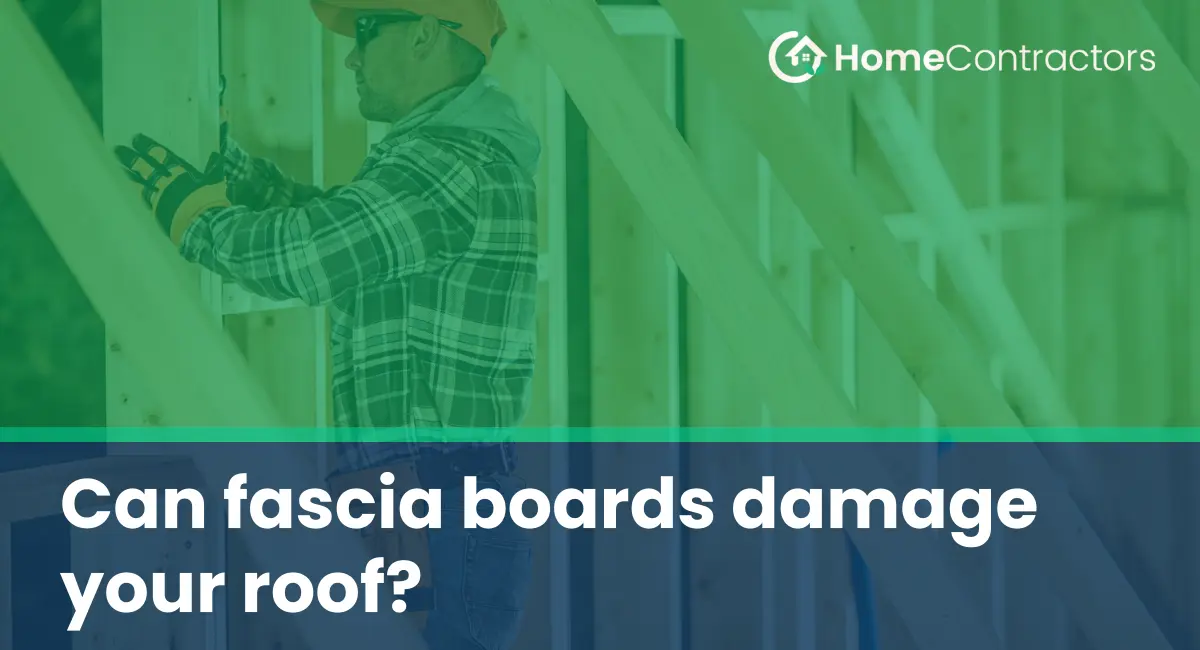Fascia boards are an important component of a roof’s structure, providing support and helping protect against various weather conditions. While fascia boards usually have a long lifespan, they can become damaged over time due to various factors. In this article, we will discuss whether fascia boards can indeed damage your roof, the reasons behind such damage, and the importance of regular maintenance.
Understanding Fascia Boards
Fascia boards are typically made of wood, aluminum, or uPVC, and they run horizontally beneath the edge of the roof. Their primary function is to provide a clean, finished appearance to the roof, ensuring a seamless connection between the roofline and the outer walls of the house. In addition to enhancing the overall look of the property, fascia boards also play a crucial role in protecting the roof structure from water damage.
Potential Damage to Fascia Boards
Over time, fascia boards might become subject to various forms of damage that can directly impact the roof’s integrity. The most common causes of damage include:
- Water Damage: Fascia boards are exposed to the elements, making them susceptible to water damage. When water infiltrates the fascia, it can cause swelling, rotting, and decay, compromising its structural integrity.
- Insect Infestation: Pests such as termites and carpenter ants are attracted to moist environments and can burrow into the wood, leading to extensive damage to the fascia boards. If left untreated, this can ultimately damage the roof and even the entire structure of the house.
- Weather Elements: The constant exposure to sunlight, rain, snow, and temperature fluctuations can cause fascia boards to expand, contract, and warp. This can result in cracks, splitting, and ultimately weakening the boards.
- Improper Installation: If fascia boards are not installed correctly, they may become loose or disjointed over time. This can create gaps between the fascia and the roof, allowing water to seep in and cause damage.
Impact on the Roof
While fascia board damage might not immediately impact the roof, if left unattended, it can lead to severe consequences. Here are some ways in which damaged fascia boards can negatively affect the roof:
- Water Infiltration: If water seeps behind the fascia and reaches the roof’s underlying structure, it can lead to rotting of the roof deck, weakening the roof’s integrity and potentially causing leaks.
- Soffit Damage: Fascia boards also provide support to the soffit, the underside of the roof overhang. If the fascia is damaged, it can compromise the soffit, leading to water seepage, pest infestation, and structural issues.
- Gutter Alignment: Fascia boards hold the gutters in place, ensuring proper water drainage from the roof. If the fascia is damaged, it can cause the gutters to sag, leading to improper drainage and potential water damage to the roof and house foundation.
The Importance of Regular Maintenance
To prevent potential roof damage resulting from damaged fascia boards, regular maintenance is essential. Here are some maintenance tips to ensure the longevity of your fascia boards and the roof:
- Inspect and Clean Regularly: Perform inspections of your fascia boards at least twice a year, particularly after extreme weather events. Clean any debris or dirt that may accumulate on the boards, as it can lead to moisture retention and damage.
- Maintain Proper Drainage: Ensure that the gutters are clear of leaves, branches, and other debris to prevent water from backing up and damaging the fascia boards.
- Address Issues Promptly: If you notice any signs of damage, such as rotting or splitting fascia boards, address the issue promptly. Replace or repair damaged sections to prevent further deterioration.
- Professional Assistance: If you’re uncertain about the condition of your fascia boards or lack the necessary expertise, consider consulting a professional roofing contractor. They can assess the situation, provide guidance, and make necessary repairs to protect your roof.
While fascia boards typically do not directly damage the roof, neglecting their maintenance can lead to severe roof damage over time. Regular inspections and timely repairs are essential to prevent further deterioration and ensure the overall integrity of your roof and house.
